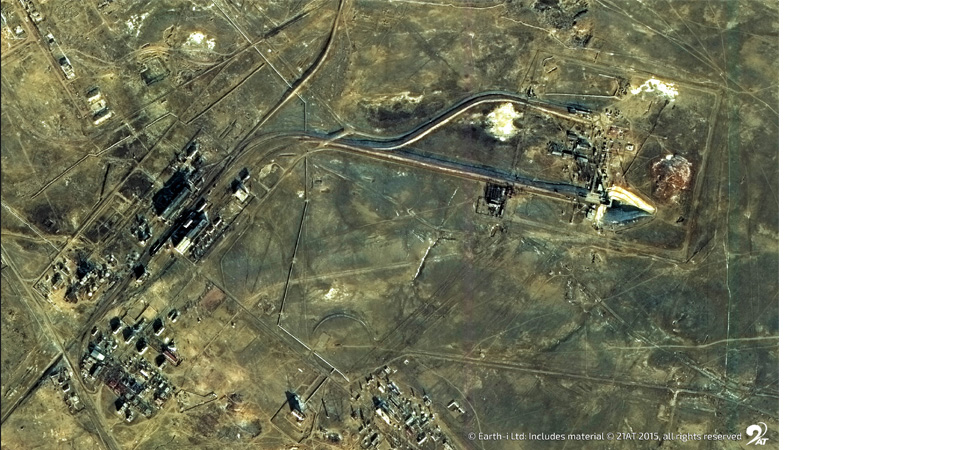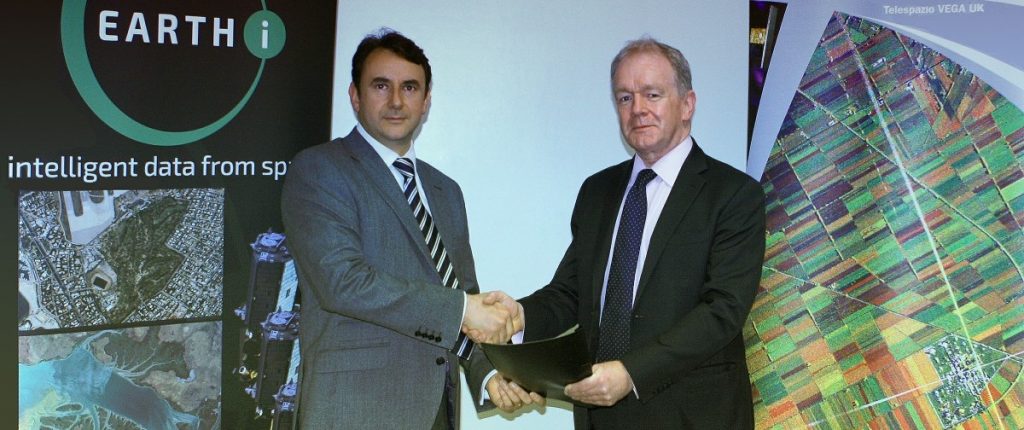Blog by Nico Spyropoulos, Strategic Engagement (EMEA) at Earth-i.
Border Areas are at the centre of today’s geopolitical challenges and geopolitical developments. Terrorism, illegal immigration and trafficking, proximity to crisis zones, EEZ monitoring and the need for in-depth ISR are some of their current defining characteristics. Also, the multi-faceted threats generated within border geographic neighbourhood are ever-changing and blended. In the last five years, we have seen major crises in neighbouring regions, especially in the Middle East and Africa, that bring wider European implications and the likelihood of unpredictable developments, which necessitate an early warning and constant monitoring system.
Currently, border area control systems are structured in networks of base stations (pylons) carrying radar and EO/IR sensors. These pylons are based in suitable selected locations, which offer a line of sight (LOS) surveillance to the Area of Interest (AOI). These systems are commonly supported, especially in terrestrial cases, with special fences or ditches adding a considerable amount of investment, labour and time for their design, construction, operation and maintenance over several years. They are mainly effective in covering tactical requirements or short-range surveillance up to 20km and they are vulnerable to external threats if they are not guarded or secured on a 24/7, 365 basis. The morphology of ground, the type of land-cover and the infrastructure available to the last mile of the sensor is highly influential in the design and the total number of the ground sensors required. The proximity to areas of political instability in the greater region will determine the need for an augmented solution with complementary components that are reliable and deter multiple threats.
The economics behind a border security system must include the securing of a country’s borders for national security and simultaneously an economic imperative to protect the nation’s trading interests, both EEZ protection and strategic deterrence. The ideal system must provide a proactive surveillance – intelligence driven, offering monitoring and surveillance beyond the borders, in depth and persistent. It must have a dual-use character covering Civil security: illegal immigration, environmental disasters, trafficking, fire-fighting; and Military security: intel, early warning and advance functionality. It must focus its assets on anticipated “hot spots” and provide early preparation for targeted asset mobilisation, early detection and early interdiction beyond the horizon. It must be of high fidelity and allow sharable and actionable intelligence. It must support regional and international collaboration and enable the sharing of timely, accurate and decisive intelligence among multi-national agencies.
All such fixed border infrastructure comes at a high cost and is not always as cost-effective as proponents of such physical infrastructure would like us to believe. Given the squeeze on most government budgets the imperative now is to find less asset-based and more data-driven technology solutions to the ever-growing challenge of maintaining border security. So what role might satellite-based sensors play in the future?
Earth-i is building the Vivid-i Constellation, a unique European space-based surveillance system comprised of a constellation of many small satellites offering dynamic monitoring based, for the first time, on full-colour High Definition video and unprecedented daily revisit to any AOI. Vivid-i can be considered as the space-based multi-purpose solution complementing ground-based border control systems and augmenting their capabilities for improved proactive intelligence, pre-frontier and frontier control, terrestrial and maritime situational awareness, early warning, surveillance and monitoring, and environmental security.
The Vivid-i Constellation will be comprised of a minimum 15 small, but highly capable optical satellites, deployed in various orbital planes. Beyond this initial scale, it will grow in batches of 5 satellites depending on customer demand, This will provide un-paralleled space-imaging capabilities offering daily multiple revisits, data fusion potential, high collection capacity and availability, combined with an operationally flexible service. Built on data-as-a-service principles, Vivid-i will provide autonomous and secure real-time satellite tasking and rapid data downlink to allow customers C2 facilities to perform a range of data processing, analyses and integrations to better serve defence, civil, and commercial users.
In summary, Vivid-i is a world-class information system enhancing customer national security and its role in ensuring regional stability. It is expected to support European Security and Space Policy and assist border control projects that demand the use of the high spatial and temporal resolution with a reliable flow of geospatial data on a 24/7 365 basis, on and beyond the borders.
Earth Observation specialist brings over 25 years technology and applications experience to company offering daily high-resolution imaging and data…







